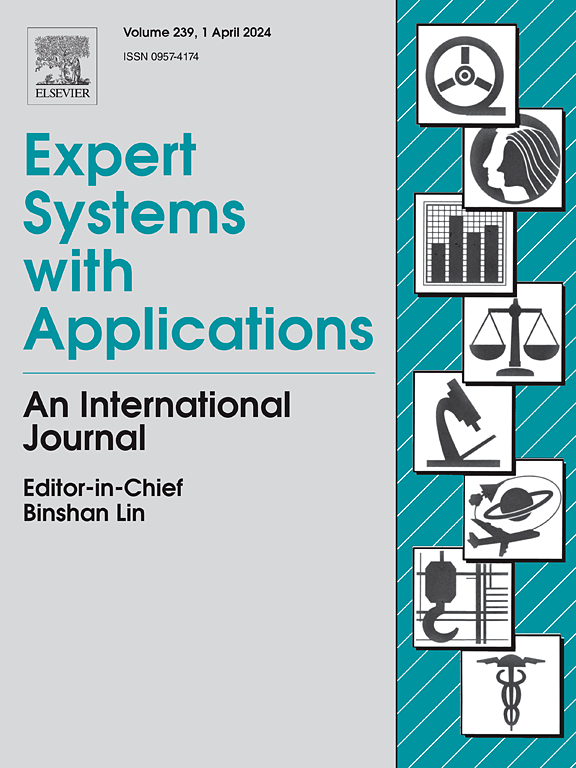Two-level attention mechanism with contrastive learning for heterogeneous graph representation learning
IF 7.5
1区 计算机科学
Q1 COMPUTER SCIENCE, ARTIFICIAL INTELLIGENCE
引用次数: 0
Abstract
This paper introduces a novel method, M2CHGNN, for generating node representations in heterogeneous graphs by combining an attention mechanism with contrastive learning. The approach leverages meta-structures and meta-paths to capture complex hidden structures within heterogeneous graphs. While meta-paths identify diverse interaction patterns between nodes, meta-structures uncover intricate structural arrangements, revealing detailed relationships and capturing both local and higher-order structures simultaneously. Each meta-path or meta-structure results in a homogeneous graph to obtain node representations. Within each homogeneous subgraph, two views of node representation are then employed. In the first view, a node attention mechanism assesses the influence of neighboring nodes during embedding extraction, emphasizing the features of influential neighbors. Concurrently, a second set of embeddings is derived using the graph-topology view, highlighting structural relationships and further enriching the representations. Then, an additional attention layer is applied to determine the significance of each homogeneous subgraph within each view, resulting in a weighted, aggregated node representation. To learn robust and informative node representations across these two views, we use contrastive learning to align and distinguish representations between the node-attention and graph-topology views, alongside intra-view contrastive learning to refine each view individually. To train the node representations, we combine contrastive loss with a cross-entropy loss function, which enhances the model’s ability to generate high-quality node representations for heterogeneous graphs. The effectiveness of M2CHGNN was evaluated in three different applications, including link prediction, data classification, and clustering. The experimental results demonstrated the superiority of the proposed method in comparison with baseline and state-of-the-art graph embedding methods.
求助全文
约1分钟内获得全文
求助全文
来源期刊

Expert Systems with Applications
工程技术-工程:电子与电气
CiteScore
13.80
自引率
10.60%
发文量
2045
审稿时长
8.7 months
期刊介绍:
Expert Systems With Applications is an international journal dedicated to the exchange of information on expert and intelligent systems used globally in industry, government, and universities. The journal emphasizes original papers covering the design, development, testing, implementation, and management of these systems, offering practical guidelines. It spans various sectors such as finance, engineering, marketing, law, project management, information management, medicine, and more. The journal also welcomes papers on multi-agent systems, knowledge management, neural networks, knowledge discovery, data mining, and other related areas, excluding applications to military/defense systems.
 求助内容:
求助内容: 应助结果提醒方式:
应助结果提醒方式:


